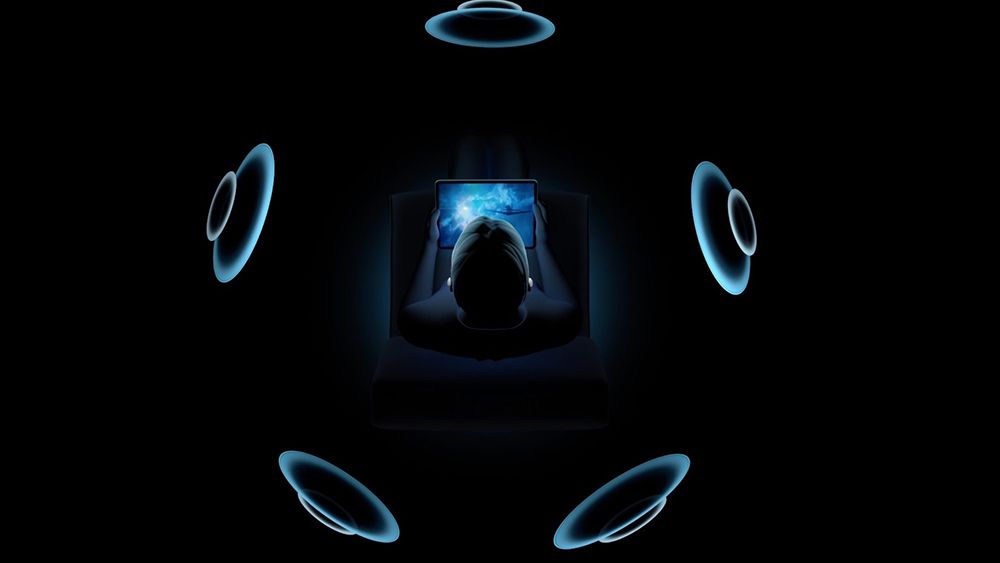In ambient music, space is more than a theme, it's a compositional tool. While harmony, texture, and modulation often take center stage, spatial sound design operates in a parallel dimension: shaping the listener’s perception of physicality and depth within an otherwise intangible sonic environment.

Lately, my focus has shifted to experimenting with spatial positioning in the stereo field, not just for aesthetic effect but to enhance the psychoacoustic immersion of a piece. This goes beyond panning. it’s about creating the illusion of movement, distance, and environment using both software and hardware techniques.
One particularly interesting method I’ve been exploring involves using early reflections and subtle delays to simulate sonic proximity. In most DAWs or live environments, this can be controlled through convolution reverb or modular routing. For example, applying high-frequency damping with short pre-delay times can make a signal feel physically closer to the listener, whereas longer pre-delays and diffused reflections tend to push the source farther back in the mix.
I’ve also begun experimenting with mid/side processing: isolating the mid (center) and side (edges) content of a stereo signal, to carve out immersive textures. By automating movement within the side field and anchoring drones or bass content in the mid, I can shape a soundscape that evolves without relying on melodic progression.
These approaches become especially compelling when combined with generative elements. A slowly morphing drone that subtly shifts position across the stereo field every few seconds, for instance, can create a sensation of drifting or floating: a hallmark of my current work.
Spatial perception in music isn’t just technical; it has emotional weight. A sound that feels near can feel intimate or threatening. One that’s far away might suggest nostalgia or vastness. By treating space as an active compositional layer, I’m trying to push beyond just the harmonic or rhythmic dimensions of ambient music, toward something more multidimensional.
This research has opened new questions as well: How would these techniques translate to binaural sound or even ambisonic formats? How does spatialization interact with different room playback scenarios or headphone listening? These are paths I intend to explore further.
Until then, space remains - quite literally - my favorite instrument.